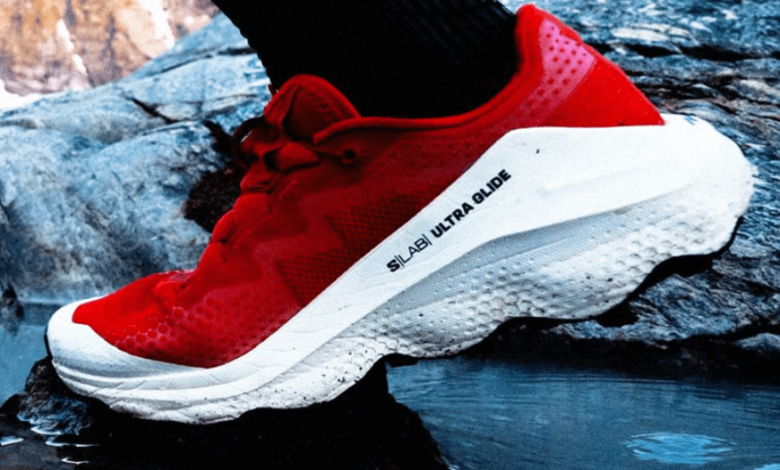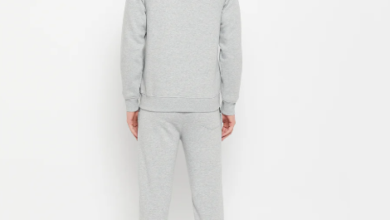How Closed Shoes Could Be Holding You Back

Closed shoes are a staple in many wardrobes, offering style and practicality. But did you know wearing them daily might come with drawbacks? From discomfort to potential health risks, closed shoes could subtly affect your well-being. This article explores the hidden downsides of wearing closed shoes and why it might be time for a wardrobe reassessment.
The Health Impacts of Closed Shoes
Restricted Toe Movement
Closed shoes often limit the natural movement of your toes. Over time, this restriction can lead to problems such as cramped toe posture and poor foot alignment. When your toes don’t have room to spread, the muscles in your feet weaken, potentially resulting in conditions like hammertoes or bunions. Wide toe boxes that allow natural splay could be a healthier alternative.
Increased Risk of Fungal Infections
Dark, confined, and sometimes damp spaces inside closed shoes create the perfect environment for fungal growth. Conditions like athlete’s foot or toenail fungus often begin in these moist, airless spaces. Regularly airing out your feet and choosing breathable footwear can help keep these issues at bay.
Ingrown Toenails
Tight, poorly fitted shoes can put pressure on the toenails, increasing the risk of ingrown toenails. This painful condition occurs when the edges of a nail grow into the surrounding skin. If untreated, it can lead to infections or, in severe cases, the need for medical intervention. Those experiencing issues may benefit from exploring options such as ingrown toenail treatment in Orem to find relief.
Poor Circulation
Closed shoes that fit too tightly can impede blood flow to your feet, leading to poor circulation. This lack of blood flow may cause tingling, numbness, or even long-term complications in extreme cases. Shoes that offer a snug yet comfortable fit are essential to avoid these risks.
See also: Must-Have Documents for Every Parent: What You Need and Why
Comfort Shouldn’t Be Sacrificed
Temperature Imbalance
Closed shoes often trap heat, making your feet feel uncomfortable during warmer months. Sweaty feet aren’t just unpleasant; they can also lead to skin problems like blisters or chafing. On the flip side, in colder temperatures, closed shoes may fail to provide the insulation your feet need unless paired with the right socks.
Weight and Bulk
Some closed shoes are heavier than open-toe options or barefoot alternatives. This added weight could hinder your movement and even contribute to fatigue during long periods of wear. Lightweight footwear can help prevent unnecessary strain from heavy soles.
Lifestyle Impacts of Wearing Closed Shoes Daily
Limits on Activity Variety
Certain activities, like yoga or swimming, don’t require shoes and emphasize strengthening your feet naturally. If you’re consistently wearing closed shoes, you might miss out on opportunities to engage in these barefoot-friendly exercises. Taking breaks from footwear can improve your balance and overall foot health.
Psychological Strain
Foot pain caused by restrictive shoes doesn’t just affect your physical health; it can also impact your mood. Chronic discomfort may distract you, lower productivity, or even make social interactions less enjoyable. Choosing shoes that feel as good as they look can go a long way in supporting your emotional well-being.
Expense Over Time
Over-relying on closed shoes might mean spending more on repairs or replacements, especially if wear and tear are frequent. By incorporating other types of footwear into your routine, you can extend the lifespan of your favorite pairs and lighten the burden on your wallet.
How to Strike a Balance
While the convenience of closed shoes is undeniable, it’s essential to use them wisely. Here are some tips for striking the right balance:
- Alternate Footwear: Mix in open-toe shoes or sandals, especially on casual days or during hot weather.
- Choose Comfort Over Style: Opt for shoes with wide toe boxes, breathable materials, and proper arch support.
- Practice Foot Care: Regularly stretch your feet and toes, and consider going barefoot at home to strengthen your foot muscles.
- Be Mindful of Fit: Always choose the correct size to avoid unnecessary pressure or discomfort.
By making small changes to the types of shoes you wear and how often you wear them, you might notice improvements in your overall comfort and health.
The Case for Rethinking Footwear
Closed shoes are often a necessity for work, formal occasions, and certain activities. However, over-relying on them could be holding you back in ways you didn’t expect. From health concerns to lifestyle limitations, the potential drawbacks of wearing closed shoes daily are worth considering. By diversifying your footwear choices and paying attention to fit, you can find the perfect balance between function, comfort, and well-being.
Conclusion
Your footwear decisions impact more than just your style. Prioritizing foot health and comfort can improve not only your physical wellness but also your quality of life. With proper care and a little variety, you can take steps to free yourself from the confines of closed shoes and stride confidently into a healthier future.




